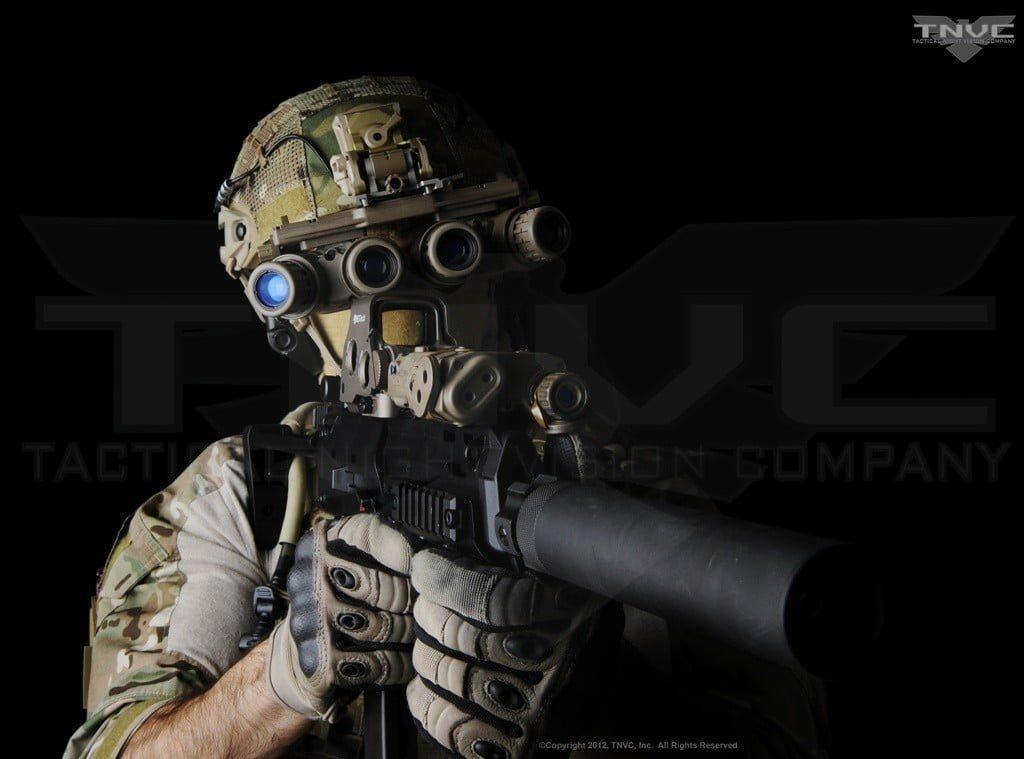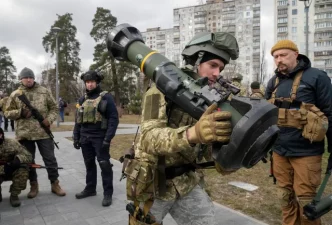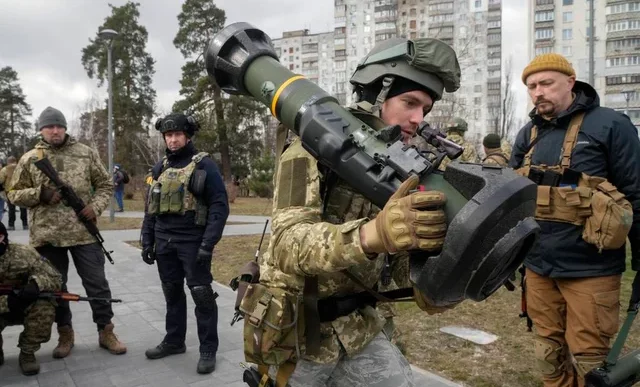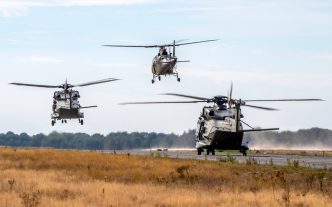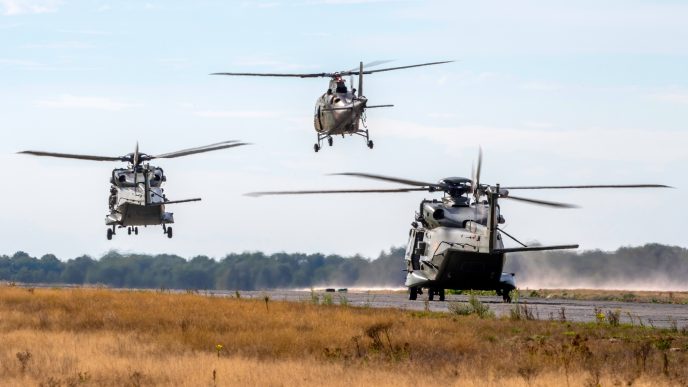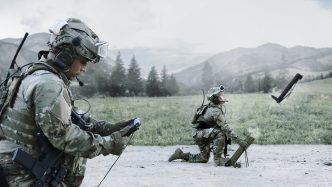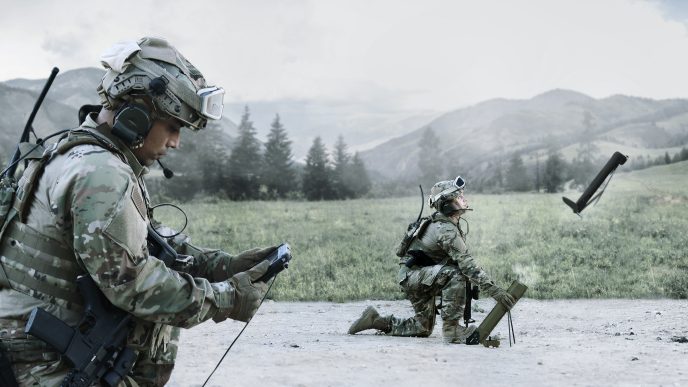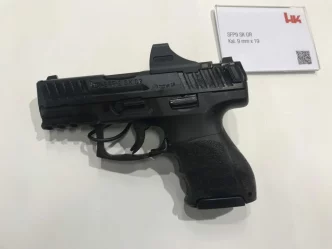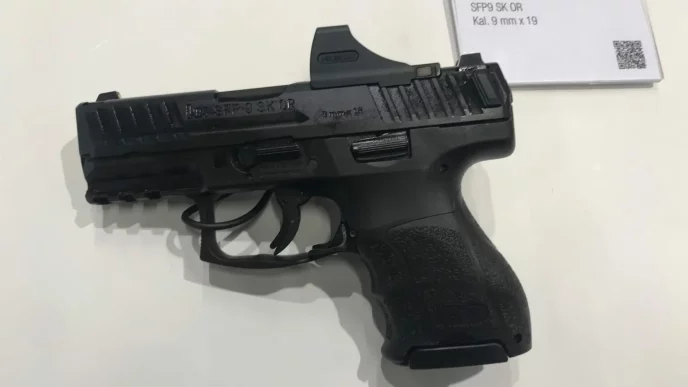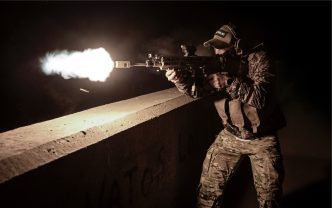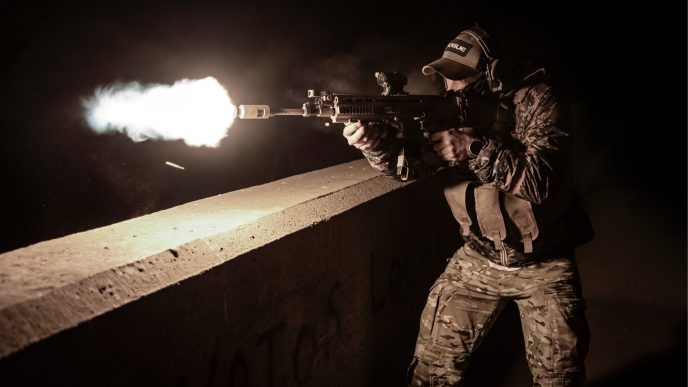A night-vision device (NVD), also known as night optical/observation device (NOD) and night-vision goggles (NVG), is an optoelectronic device that allows images to be produced in levels of light approaching total darkness. The image may be converted to visible light of both visible and near-infrared, while by convention, thermal infrared detection is denoted by thermal imaging.
Night-vision devices were first used in World War II and came into wide use during the Vietnam War. Since their introduction, the technology has significantly evolved, leading to several “generations” of night-vision equipment with performance increases and price reductions. Consequently, they are available for various applications, e.g., gunners, drivers, and aviators.
What NVG does the United States military use?
The AN/PVS-14 is in widespread NATO use, while the GPNVG can be found in service with Tier 1 and some Tier 2 units in the United States military. The US Army is also preparing to roll out the ENVG-B, with thermal, to combat units.
What NVG does the Russian military use?
As soon as I saw this, my first thought was to check the GRAU list. Let’s start with the new kit since that is the stuff that’s easy(ish) to find pictures off. First up is the 1PN138, known commercially as the MN-120 Monocular NOD.
This unit has entered service with the RATNIK program and is issued accordingly. Third gen imager, the single eye only. It is perfectly compatible with the 1P87 holographic sight Russia is issuing for their rifles. Alternatively, RATNIK is issued with a thermal imaging monocular unit, 1PN139.
It works on very different principles and functionality as a thermal optic than an NVG; however, it can fulfill the same mission demands. For a while, Russia was deploying infantry with the horror show the 1PN105. I will let its appearance speak for itself. Otherwise, the big one that I can confirm as at least having been in use would be 1PN57, a much older Soviet design.
